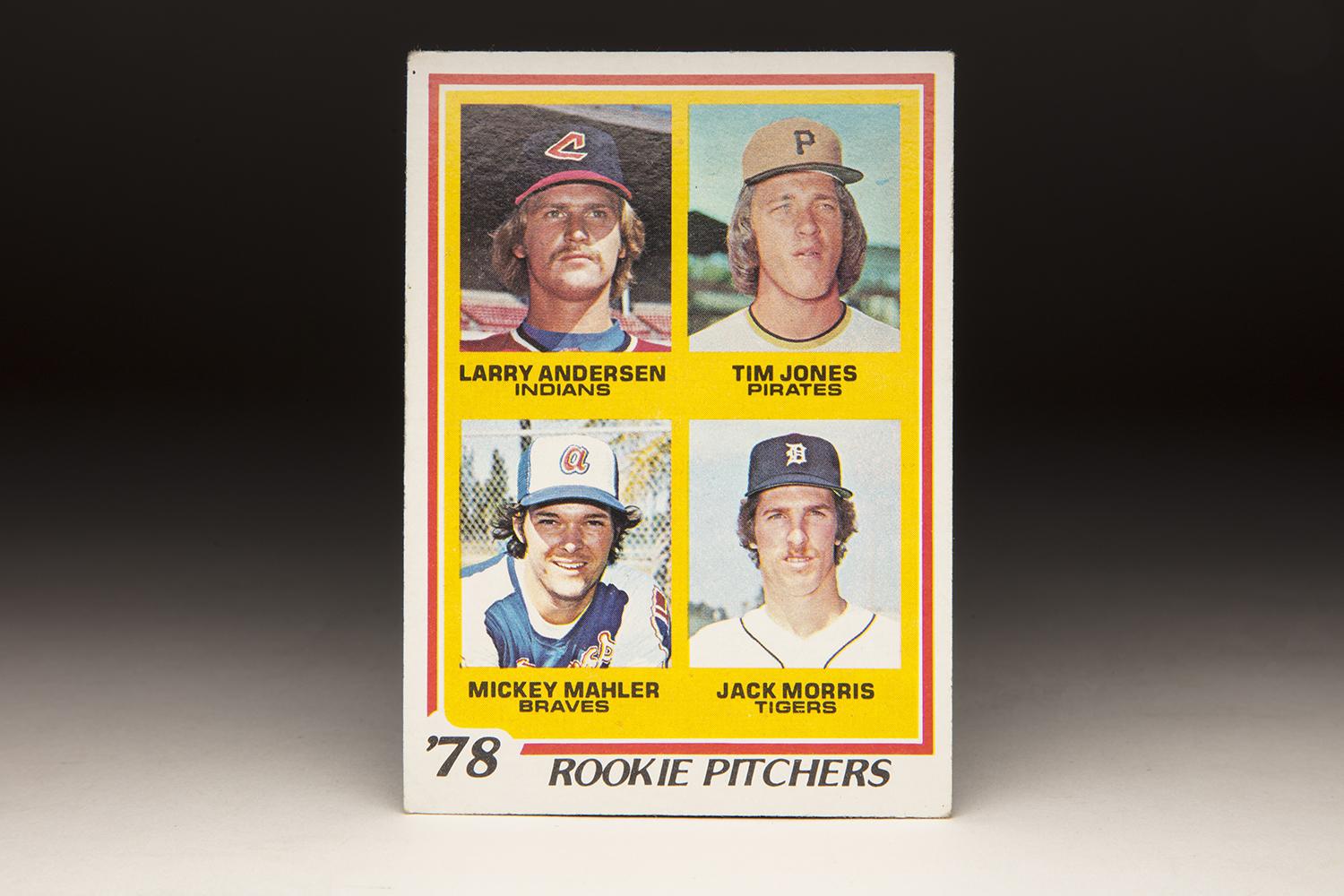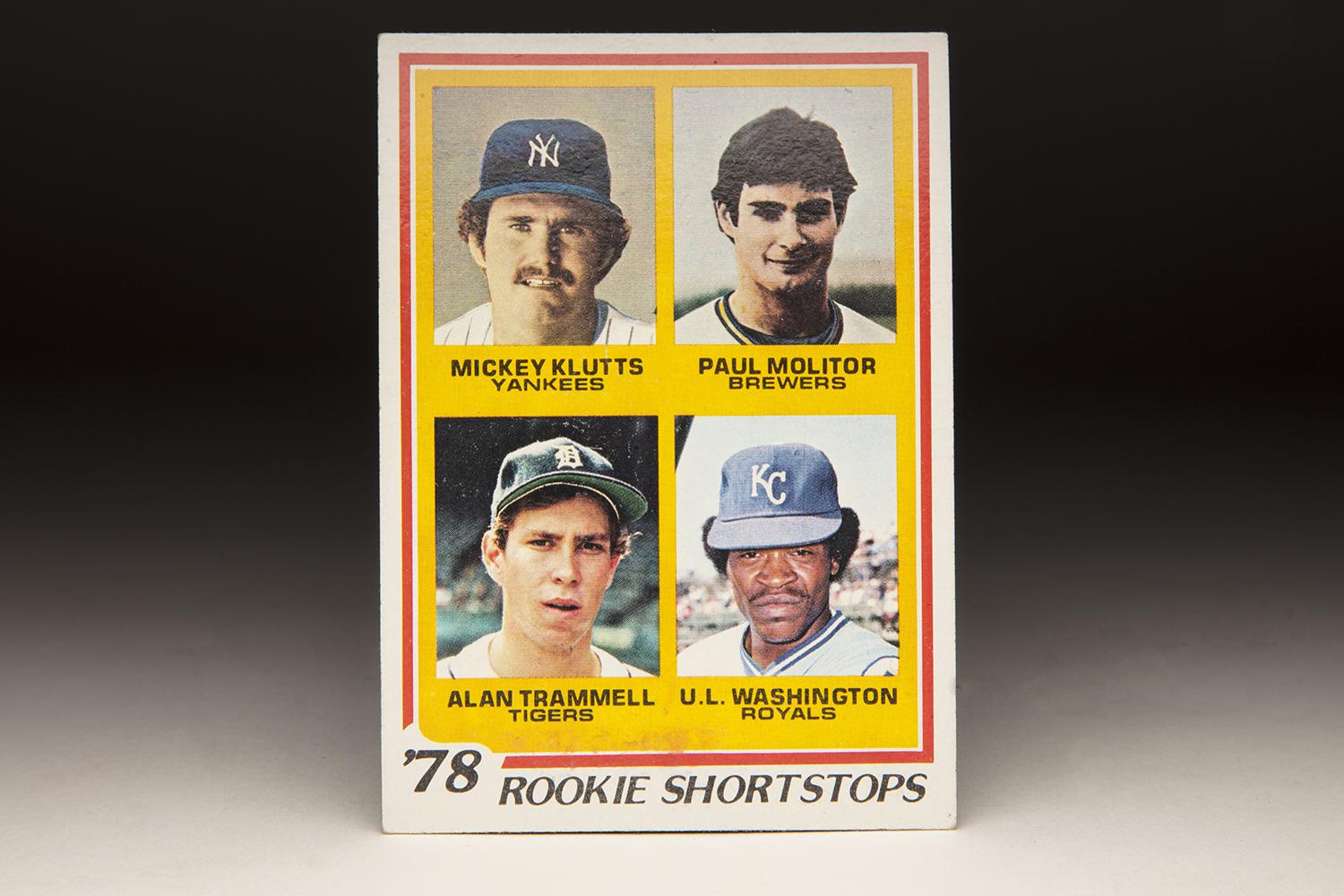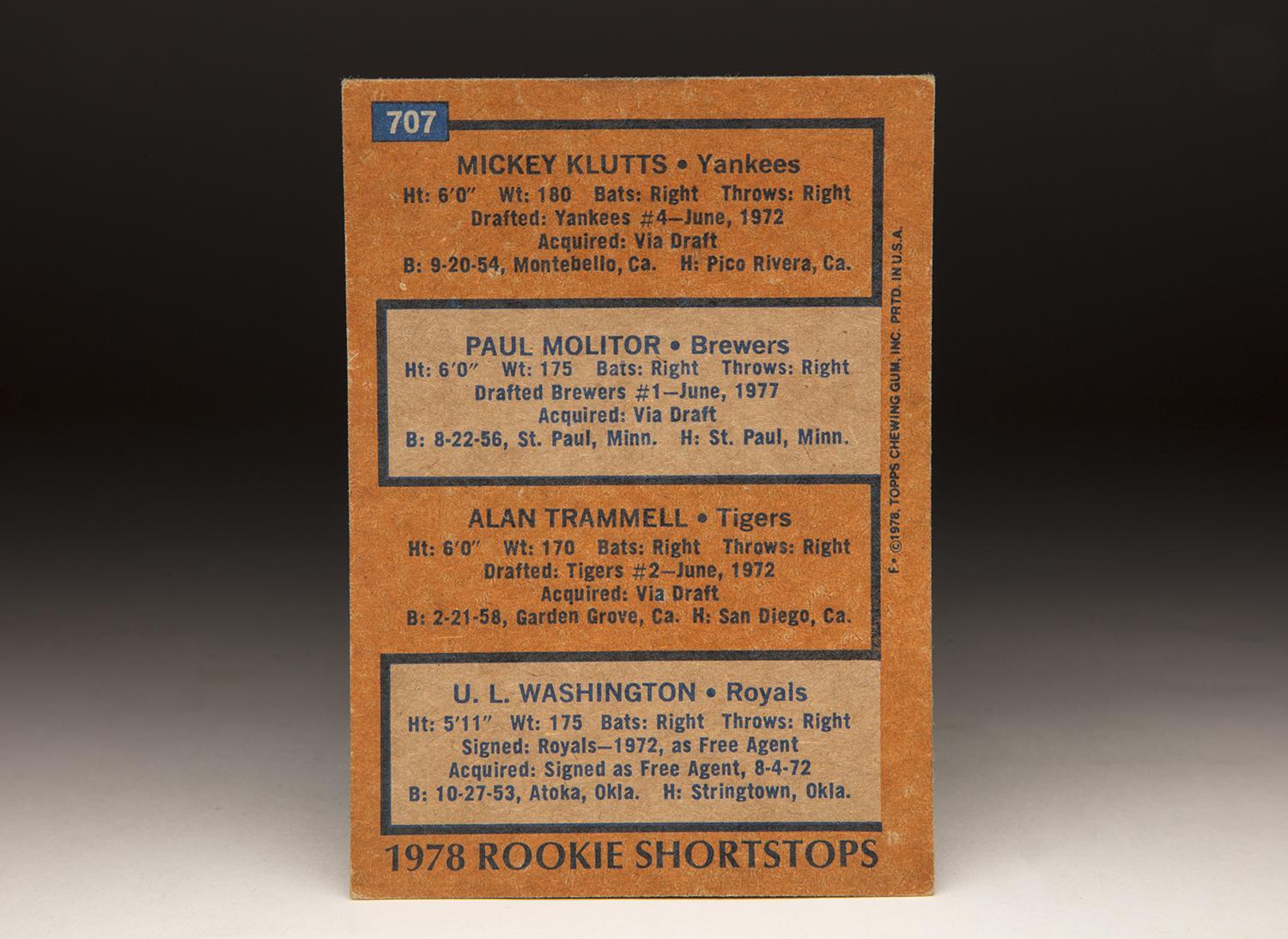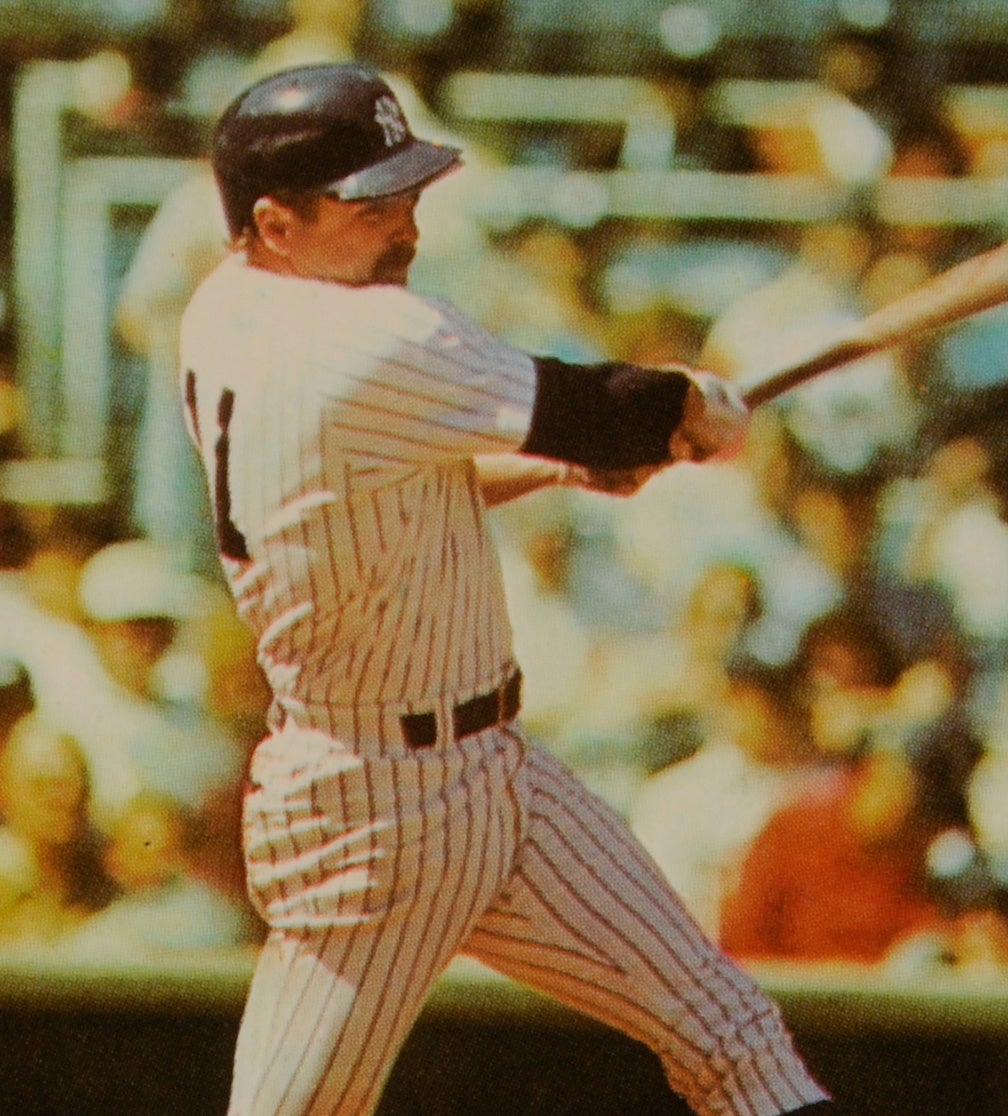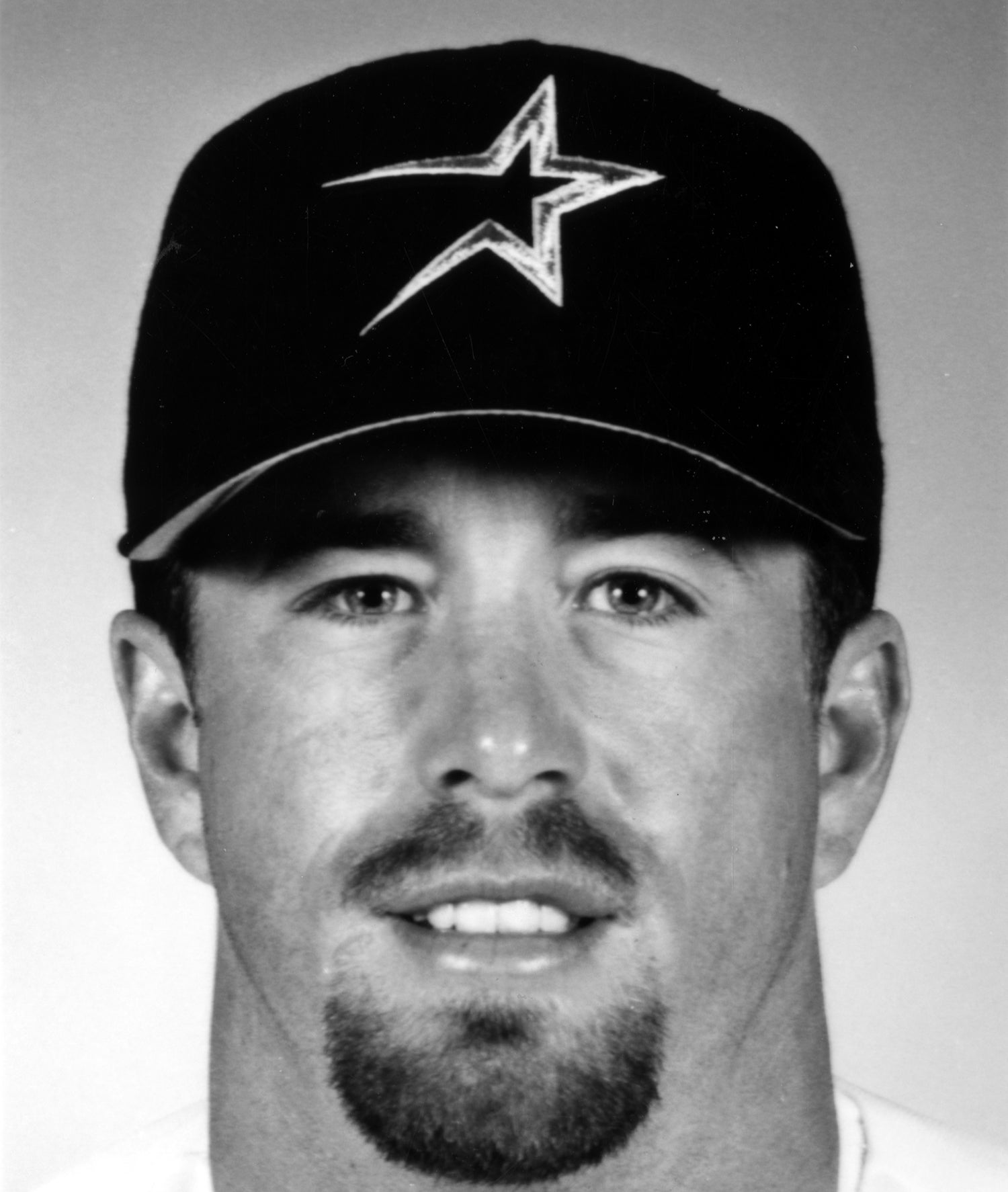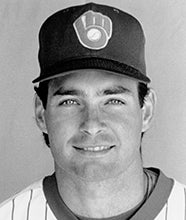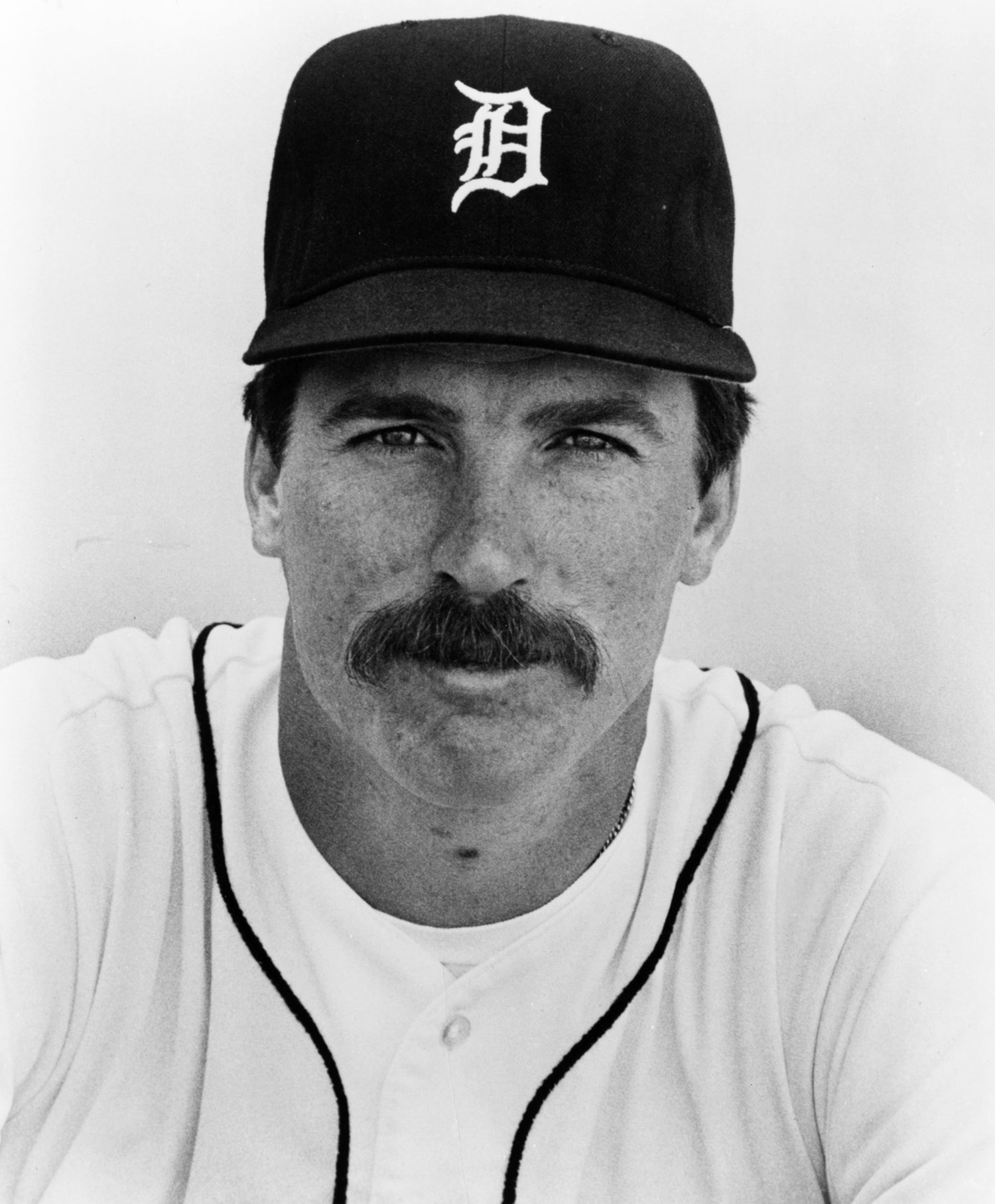- Home
- Our Stories
- #CardCorner: 1978 Topps Rookie Pitchers
#CardCorner: 1978 Topps Rookie Pitchers
They were cardboard oracles of the future, spawned by some unseen authority that could predict future greatness on the diamond.
And every so often, they were actually right.
Jack Morris’ journey to Cooperstown may well have begun on his first Topps trading card, which he shared with Larry Andersen, Tim Jones and Mickey Mahler in the spring of 1978. That year’s version of Topps’ “future stars” cards featured four unbordered head-and-shoulder shots on a yellow background, surrounded by a red outline. The title at the bottom indicated “Rookie Pitchers” or whatever the position may have been.
Of course, as a Pirates fan hunting through the packs, Morris’ photo barely caught my attention. Instead, it was Jones – with his lantern jaw and long, blond hair – that made me absolutely giddy when I thumbed across that card.
Surely, this meant that the Pirates had a new mound ace on their hands. Why else would Topps single him out? After all, the folks who produced these baseball talismans must be the smartest people on the planet.
By the end of the 1978 season, Tim Jones had appeared in exactly three big league games – the same number as he had starting the season. He was traded to the Expos on the eve of the 1978 opener for reliever Will McEnaney and spent the whole season at Triple-A Denver, where he was 7-11 with a 6.35 ERA. He never pitched in organized ball again.
His major league career consisted of three appearances, a 1-0 record and no runs allowed in 10.0 innings – all coming in 1977. But he is the only pitcher in Pirates history with at least 10-or-more innings pitched and zero runs allowed.
Andersen and Mahler fared much better. Depicted on the card in an Indians cap and jersey, Andersen made 11 appearances for the Indians in 1977 but did not return to the majors until 1979. The Indians flipped him to the Pirates following the ’79 season, and without appearing in a game for Pittsburgh he was traded to Seattle following the 1980 campaign.
From there, he evolved into one of the game’s most dependable set-up men of the 1980s, using a sinker-slider mix to post a 3.15 ERA in 699 career games. And his brush with Hall of Famers did not stop with the Morris card: On Aug. 30, 1990, the Astros sent him to the Red Sox in a one-for-one exchange for a prospect named Jeff Bagwell.
Mahler toiled for seven teams over eight seasons but became better known as the brother of Rick Mahler, who twice led the National League in starts with the Braves.
None of the three, however, reached the heights of Morris, who helped lead the Tigers back to the postseason.
The Tigers placed four players on the “future stars” cards that year, including Lance Parrish, Lou Whitaker and another future Hall of Famer: Alan Trammell, who appeared on the “Rookie Shortstops” card. Trammell’s card also featured Mickey Klutts, U.L. Washington and a young Paul Molitor, whose airbrushed photo gave him a zombie-like appearance.
But clearly, someone at Topps had their crystal ball working on that one.
As for Morris, you wonder if the young man wearing the old English “D” on his cap had any idea that he’d lead the Tigers to the World Series title in 1984. Or pitch one of the greatest World Series games in history in 1991. Or earn a bronze plaque in 2018.
But I bet most of the kids who stared at that tiny photo in 1978 knew that Morris would be great. After all, our baseball cards told us so.
Craig Muder is the director of communications for the National Baseball Hall of Fame and Museum

